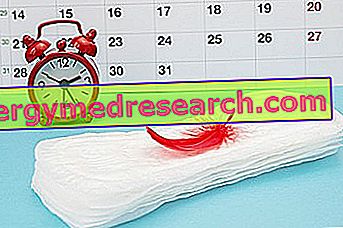Electroconvulsive therapy (TEC) is probably better known as electroshock .
It is a therapeutic technique which consists in inducing convulsions in the patient, following the passage of an electric current through the brain.

TEC has been used since the beginning of the 1930s for the treatment of psychiatric diseases, such as major depression. However - despite its effectiveness - this technique frightened patients as it caused pain.
Today, electroconvulsive therapy has improved a lot. First a muscle relaxant is administered and then the treatment is performed under anesthesia. Electrodes are placed at precise points of the skull in order to free the electrical impulses; these stimulations generate short duration convulsions (about thirty seconds).
Patients who undergo this technique do not consciously experience electrical stimulation and therefore do not experience pain.
In order to obtain a complete therapeutic effect, however, numerous electroshock sessions must be practiced (generally, every 2-3 times a week).
TEC can be very useful for the treatment of patients in whom the drugs have not been successful, for the treatment of patients who develop resistance to drug therapies and for the treatment of elderly patients who may be more susceptible to the onset of the side effects of any drug therapy.



